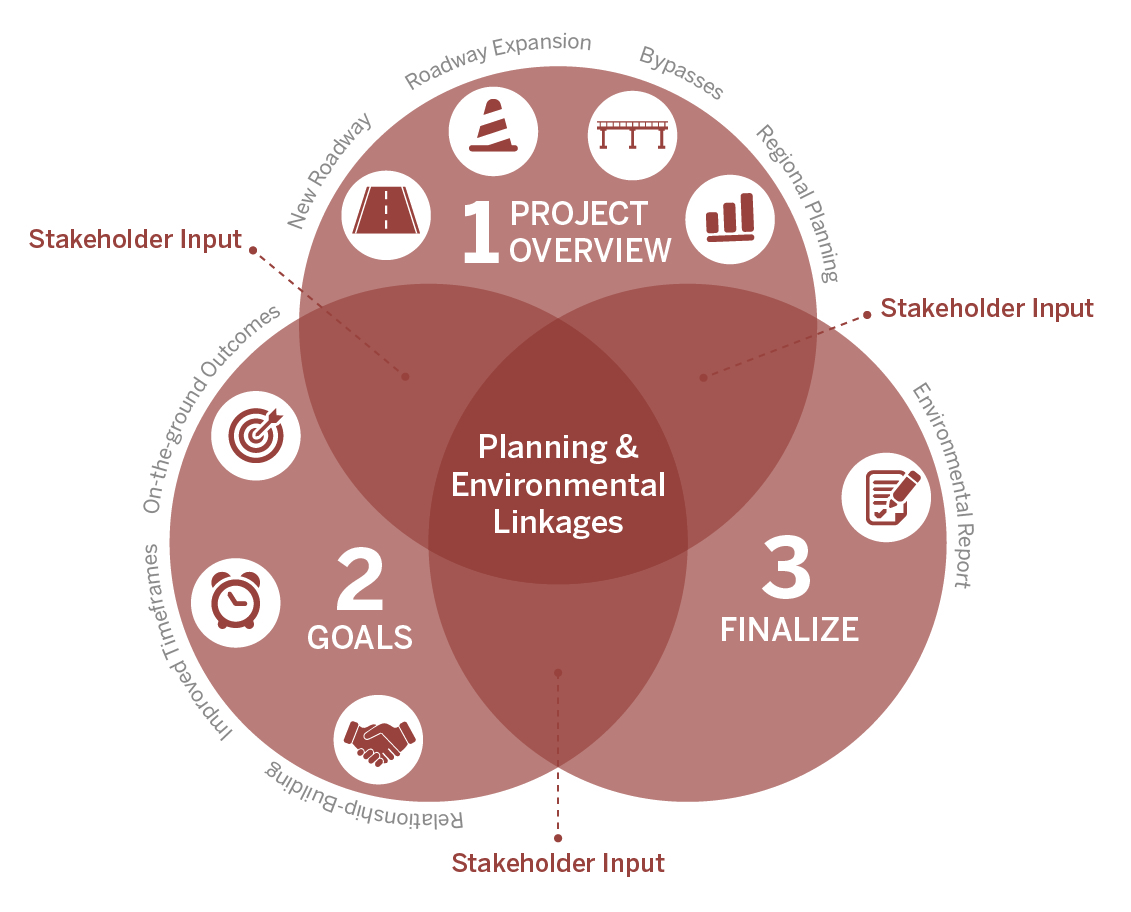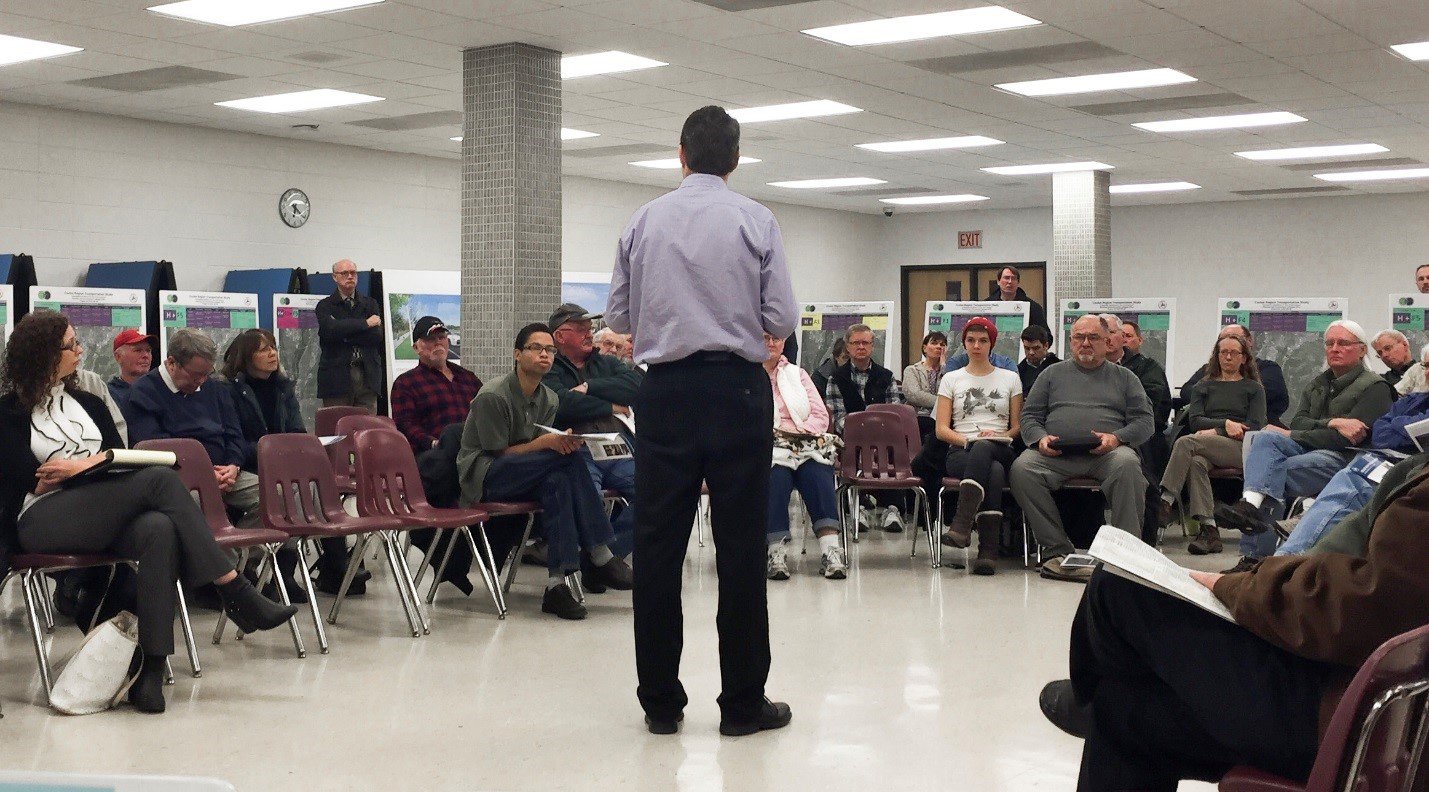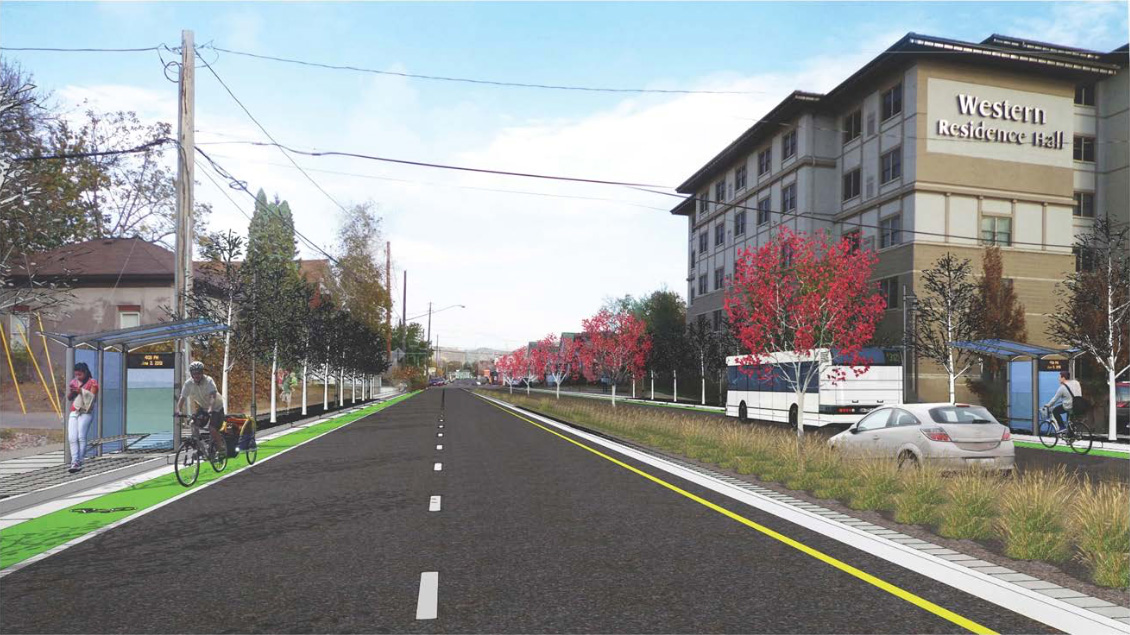Regional transportation planning is more complex than ever and the stakes are high. Here’s one tool that can help you make sure it’s done efficiently and effectively.
The decisions made in regional transportation projects will impact generations of people in a community. Many factors affect these projects: travel patterns, congestion, environmental regulations, land use, more interagency coordination, multimodal and transit accommodations, and rising engagement expectations from the community. What tools are available to ensure that the project is conducted efficiently and effectively?
One tool is a Planning and Environment Linkages (PEL) study.
A PEL study is a collaborative approach to transportation decision-making. The study looks at transportation, environmental, community, and economic goals early in the planning process. It uses the information developed during planning to inform the environmental review process. Typically, a PEL study is initiated by the state Department of Transportation and approved by Federal Highway Administration (FHWA).
The result is a smooth decision-making process that encourages working relationships between local government, agencies and transportation departments to get the project done more efficiently.

When might a community need to do a PEL study?
The FHWA might find a PEL study to be appropriate for many major transportation projects, such as:
- A new roadway
- A roadway expansion
- Bypasses
- Regional planning
How does it work?
A PEL study is a collaborative way of planning that is compatible with future National Environmental Policy Act (NEPA) studies. A NEPA study is a federally-mandated report of environmental effects a transportation project will have. The goal is to take the information from the PEL study and carry it forward into the NEPA process so the project moves forward smoothly.
In order for that to happen, many stakeholders are involved. And roadway design, traffic engineering and environmental impacts aren’t the only considerations. The public is involved in a collaborative process that includes advisory and focus group meetings, newsletters, a website and public meetings. From this process, input is gathered about how the project will impact the social, cultural and community resources in the area.
Stakeholders may include citizens, business owners, elected officials, public safety officials, representatives of special interest groups, neighborhood associations and other interested individuals.
What are the advantages?
There are many benefits to looking at environmental and community values early when planning transportation projects, including:
- Relationship-building: The PEL approach encourages agencies to get involved early in the process and enables them to be more effective in making transportation-related decisions.
- Improved project delivery timeframes: Many of the requirements in the NEPA process are covered by the PEL process, reducing the duplication of efforts.
- On-the-ground outcomes: When agencies directly involve the public and other resource agencies from the beginning, they are able to serve the community’s needs more effectively.
A PEL in action
The Wisconsin Department of Transportation (WisDOT) hired SEH to complete the one-year Coulee Region Transportation Study in the La Crosse area to address existing and long-term transportation issues in the region. According to Darren Fortney, SEH project manager, as of writing, the study is one of only two PEL studies in the state of Wisconsin. The other is the Madison Beltline PEL.
The La Crosse area in Wisconsin was the focus of a PEL study because of its deteriorating infrastructure, vehicle congestion, safety needs, multimodal transportation needs and the community’s desire to limit impacts while improving livability.
“The PEL process was done through a series of phases,” Fortney said. “It began by identifying stakeholders and developing a problem statement, goal and objectives. Existing and future conditions were considered and strategy packages were developed and screened. The result was several final recommended strategy packages that could be carried forward in to future phases.”

Getting the public involved
Throughout the process, the study team held dozens of community engagement meetings to involve the public, identify needs, collect data and develop strategy packages.
Rather than simply present community members with technical data, the team actively encouraged residents, businesses and area stakeholders to submit feedback. At the meetings, attendees were encouraged to write questions on cards. Questions such as, “What data was used to develop traffic forecasts?” and, “What accommodations will be made for bicycles and pedestrians?” provided the team with input to develop their strategy packages. WisDOT officials then addressed the questions in detail at the meetings.

“The question-and-answer format of the meetings provided an interactive way for the community to offer their opinions and promoted discussion on a neutral platform,” says Fortney.
In all, the team held more than 100 meetings with a wide variety of stakeholders throughout the region. Total attendance for these meetings exceeded 1,900 with over 800 comments recorded.
“The community’s input allowed the team to develop and refine strategy packages to include in the final report,” says Fortney.
Next steps
The PEL study was just the first step of a much larger process. The next phase of the process would be to prepare an environmental document. This phase includes detailed engineering of the strategy packages, detailed analysis of impacts and costs and continued public involvement. The final phase would include any construction of a preferred alternative identified in the NEPA phase.

The goal is to gather enough information in the PEL study through community engagement meetings, studies and evaluation to easily transition into a NEPA study.
About the Expert

Darren Fortney, AICP, is a transportation planner, SEH Principal and senior project manager who has successfully led more than 125 land use/transportation planning studies across Wisconsin.

.png?width=113&name=SEH_Logo_RGB%20(1).png)
